Historical detective. Four flags and five names of one destroyer
Here is today's hero of my story - one of the Novik type destroyers. The ship’s design was simply gorgeous, and Russia in those years became the trendsetter of the destroyer fashion, so to speak.
Probably worth saying about the ships in numbers.
Displacement total: 1260 tons
Length: 98 meters
Width: 9,3 meter
Draft: 3 meter
Engines: 2 x 16 000 hp on fuel oil
Speed: 35 nodes
Navigation range: 2800 miles
Armament:
4 guns 102-mm, 1 guns 37-mm, 2 machine gun "Maxim", 3 three-pipe torpedo tubes 457-mm., Mines - 80 pieces.
Crew: 150 people.
The boat, as you see, is small, but fast and toothy.
And now one of the Novikov, which was laid down at the shipyard of the Putilovskiy Zavody Society in St. Petersburg in September 1913, was called Captain Kinsbergen on October 11.
Truly, “as you call a yacht, so ...”
The big deal is the name given to the ship.
We start with the origins, namely, who was the captain of Kinsbergen and why the Russian ship was named after him fleet?
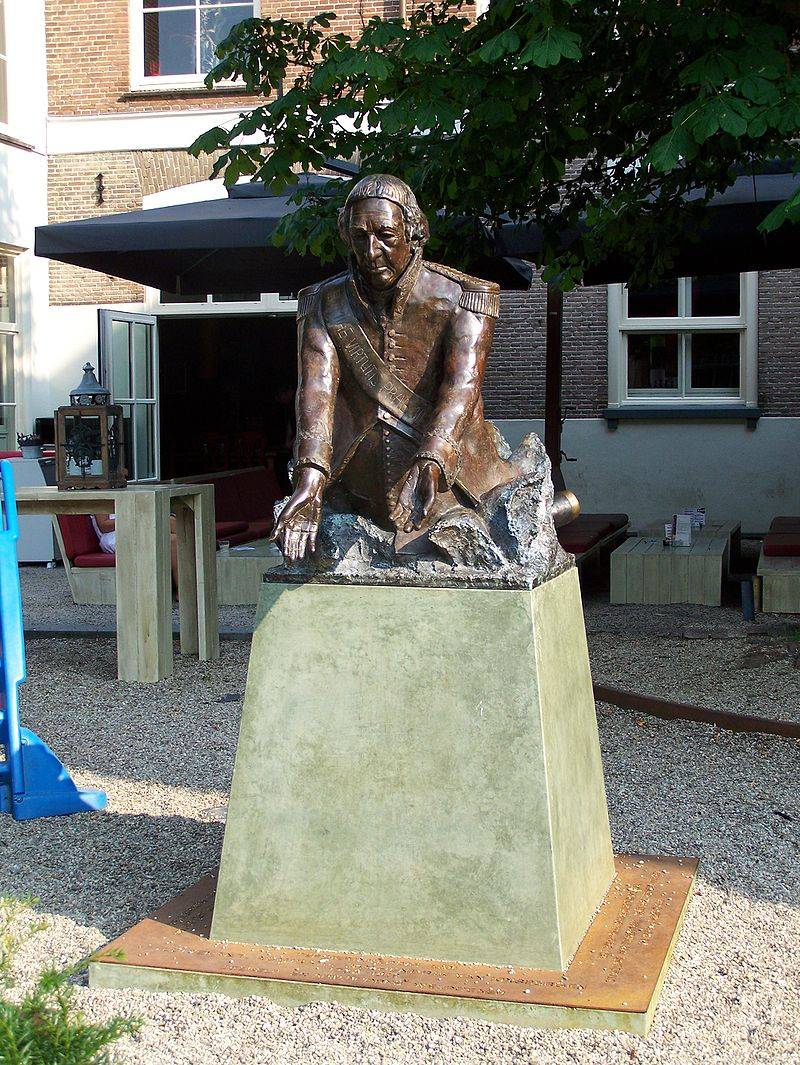
The name is clear that the Dutchman. Ian Hendrick van Kinsbergen, to be exact. Following the example of many of his compatriots in 1771, he entered the service of the Russian fleet with the rank of captain-lieutenant. Running ahead, he rose to the captain of the first rank.
In the 1772 year, during the Russo-Turkish war of the 1768-1774 years, he was assigned to the Danube Flotilla, where he took command of the grenot "Peremyrenosets".
In 1773, Jan Hendrik van Kinsbergen led the squadron of the Azov Flotilla.
23 June 1773 year, commanding two newly invented ships, won the first victory of the Russian fleet on the Black Sea in the battle of Balaklava.
30 July 1773 year for the battle of Balaclava was awarded the Order of St. George 4-th degree. Then there was a successful battle with the Turks at Sujuk-Kale and another order of St. George, 3-th degree.
But then it began ...
In 1775, Kinsbergen seemed to quit his Russian service, left for his homeland and continued his naval career in the Dutch fleet. In 1777, he was excluded from the lists of Russian officers due to failure to appear. But attempts to return Kinsbergen to the fold of the Russian fleet continued, he was really appreciated.
From the 1780 of the year he commanded one of the ships of the squadron of Admiral Zutman and on August 5 of the 1781 of the year he took part in the battle of Dogger Bank. That is, he fought on the side of the Dutch against the British.
He rose to the full admiral, became the commander of the naval forces of Holland.
He organized the strengthening of the Dutch ports against the invasion of the French. After the establishment of the Batavian Republic in 1795, he was deprived of the admiral's rank and imprisoned, but was soon released (without restoration to the rank).
Offended by his homeland, Kinsbergen was in the service of his neighbors in Denmark. After Denmark, somehow fought for those against whom he built the defense in Holland, that is, in the Bonaparte fleet. He received the title of Count van de Doggersbank from Louis Bonaparte.
He returned to Holland, but did not have time to really accomplish anything, because after the fall of Napoleon he was again dismissed from service (but at least not imprisoned), retired completely and died peacefully in 1819.
Why did I tell you so much about the life of the admiral? Everything is simple. “What do you call a yacht ...” Let's see what fate was in store for the ship named after Count van de Doggersbank.
And mysticism happened to the ship. In general, besides our destroyer, the Dutch called their ships three times in honor of Kinsbergen, but failed to trace their fate. But our Novik is enough for us.
In June 1915, the destroyer under construction was renamed at the request of the crew and became known as “Captain 1 of the rank of Miklouh-Maclay”. Of course, it's crooked, because “Maclay” was a nickname that became part of the surname of the eldest of the three brothers Miklukh, the famous ethnographer, Nikolai Nikolayevich.
And the captain of the first rank Vladimir Nikolaevich bore, like his father, the name of Miklukh. But they called the destroyer that way.
After October 1917, the destroyer changed its flag, as it was part of the fleet of another state - Soviet Russia. Naturally, the name also had to be changed right away, because how is it normal if the ship bears the name of a Russian officer, who died heroically in battle? Of course not.
Therefore, after a year (probably a long time they chose the name), the ship was called "Spartak". A very nautical name, but nothing can be done.
The renaming happened on December 18 of 1918 of the year, and on December 26 of December Spartak, together with the destroyer of the same type Avtroil, went on its first combat mission: reconnaissance raid to the Revel port.
In general, this frankly stupid operation is worth telling separately, since it showed very clearly the organizational talents of rallying naval commanders such as F.F. Ilyin / Raskolnikov, who presented two warships to the enemy.
The result of the operation was the capture by the British of two excellent ships and a shame for the Baltic Fleet. We will not touch Avtoil, but what happened to Spartak?
Waiting for the approach of Avtroil with the cruiser Oleg, Spartak engaged in shelling the Estonian islands, but seeing a detachment of British ships (2 cruiser and 4 destroyer) coming in its direction, the crew staged a short meeting (as was customary then) and deployed the ship , began to move away from the enemy.
What happened next is a subject of special study, since there are several versions of what happened.
I am inclined to stick to the one that says that a single shell hit the Spartak. British sailors have always been able to do this - to hit shells in other people's ships.
But this shell smashed the navigator’s cabin, the navigator N. N. Struysky was shell-shocked and slightly wounded by fragments, he was carried to the cabin, and the cabin was ... slightly destroyed. They say that the map on which Struisky laid the route turned out to be "crumpled and tattered."
As a result, the only person who could lead the ship turned out to be out of order, there was no one to replace the navigator (this is not a rally in utah), therefore the ship sat on a can of Quradium quite normally.
The British approached, the flag of the ship was already lowered. The crew surrendered, many sailors were shot by the British on the island of Naisaar, and the head of the campaign, Raskolnikov, was exchanged for British officers who were captured during the attack on Kronstadt by torpedo boats.
The British calmly took the ship aground and on January 3 of the year 1919 they handed over the destroyer to the Estonian navy. Here he received the name "Vambola".
Under the new flag and with a new name, the ship managed to participate, together with the British fleet, in military operations against ships and land units of Soviet Russia.
Vambola took part in shelling the forts “Krasnaya Gorka” and “Gray Horse”, setting up minefields (on which, by the way, three destroyers of the Baltic Fleet blew up and died: “Gabriel”, “Constantine” and “Freedom”) and landing in to the rear of the red troops.
But after the end of the civil war, in general, he had no business. The ship with the abridged crew mainly stood at the pier. Remember, “if you want to ruin a small country, give it a cruiser”? And so it happened.
Basically, the ship stood at the pier with a semblance of crew on board, and in 1933 it was sold to Peru. In the naval forces of this state, he received the name "Almirante Villar".
It is clear that the ship would not have been named after a simple employee. Rear Admiral Manuel Oliveira Villar in 1881 was the commander in chief of the combined Chilean-Peruvian squadron during the battle with the Spaniards at Abtao.
One of the authors of the new naval charter of Peru. By the way, the destroyer Almirante Villar is the first of the three ships of the Peruvian fleet that bore this name. Almost like in the story with Kinsbergen.
And now, on the other side of the world, the former Russian destroyer had to fight. "Villars" participated in two wars. I could not find the details of his actions in the Colombian-Peruvian war of 1932-33 of the year, but the battle with the Ecuadorian gunboat “Abdon Calderon” in 1941 is described in rather detail.
In general, wars in Latin America are a boring and ordinary phenomenon. I would say that the main thing there is not the result, but the process itself. But the victims were not an example of Europe. For example, in the 1941-42 war of the year (grappled with disguised lands), a little less than 1200 people died, and almost 300 thousand square kilometers of territory went to Peru.
According to the Ecuadorian military, the “Admiral Villar” received great damage, according to the Peruvian - the destroyer, of course, emerged from the battle as the winner. But most likely, the battle ended in a draw, and zero.
If only because after the conclusion of the next peace treaty in the 1942 year, “Admiral Villar” was in the service right up to the 1955 year. This is a lot for a ship of this class, especially since it did not stand still.
40 years, several wars, long trips ...
The life of the ship came to an end in 1955, when the “Almirante Villar” was cut into metal. This destroyer turned out to be the most long-lived of all Noviks.
Verily, what is the name of the ship so it will live.
Captain Kinsbergen served under the flags of Russia, Holland, Denmark, France. The destroyer, originally named after him, served the Russian Empire, Soviet Russia, Estonia, and Peru.
Well, how can one not be surprised at such strange coincidences?
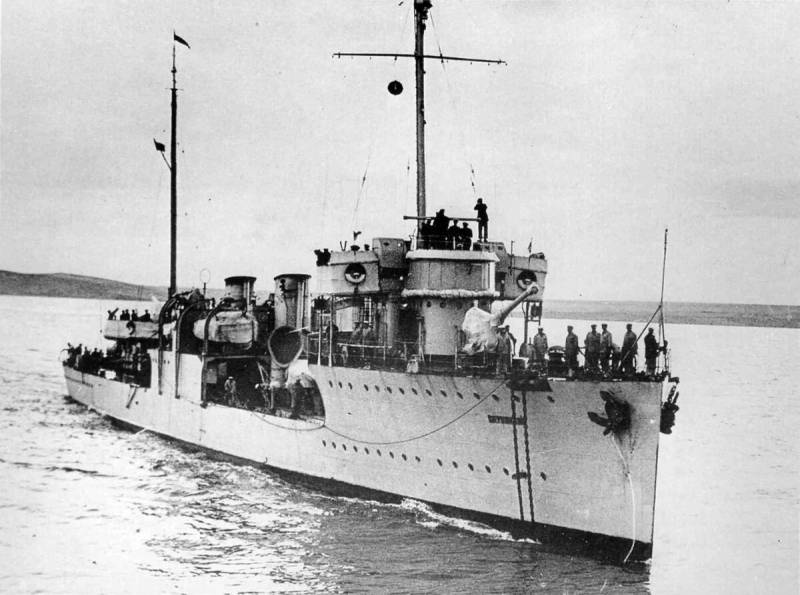
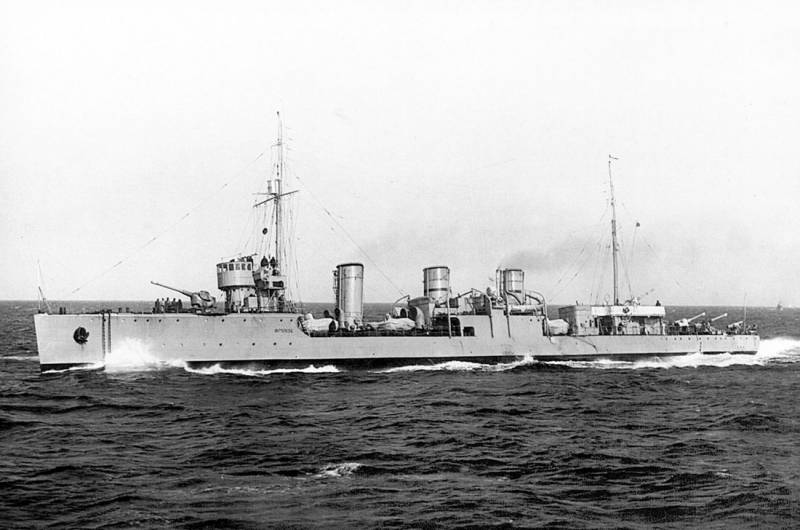
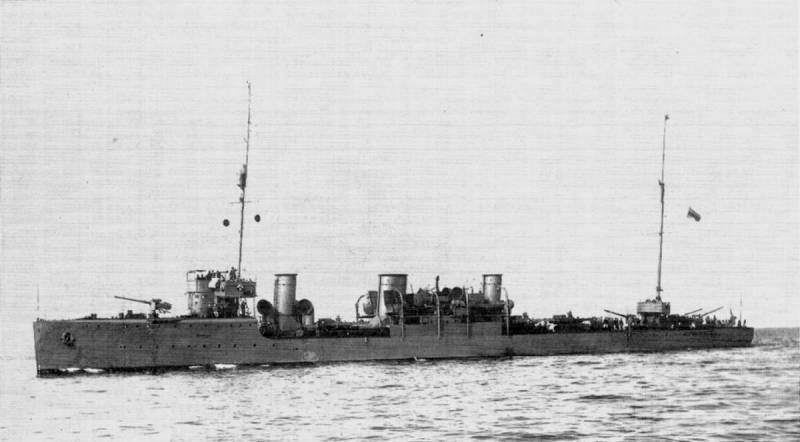
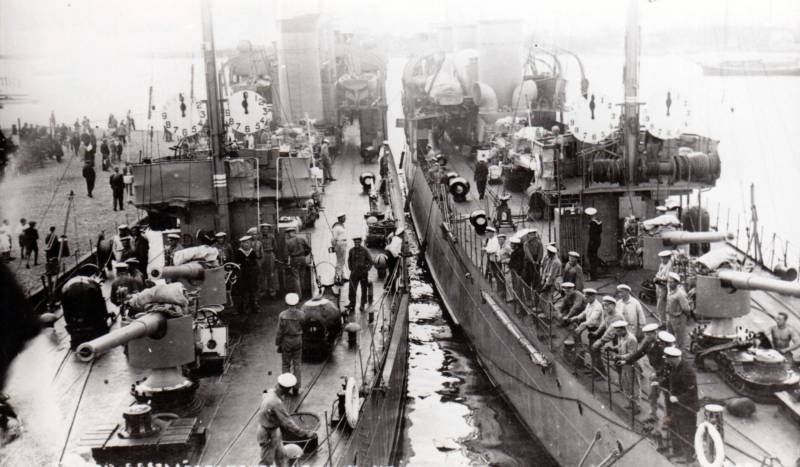
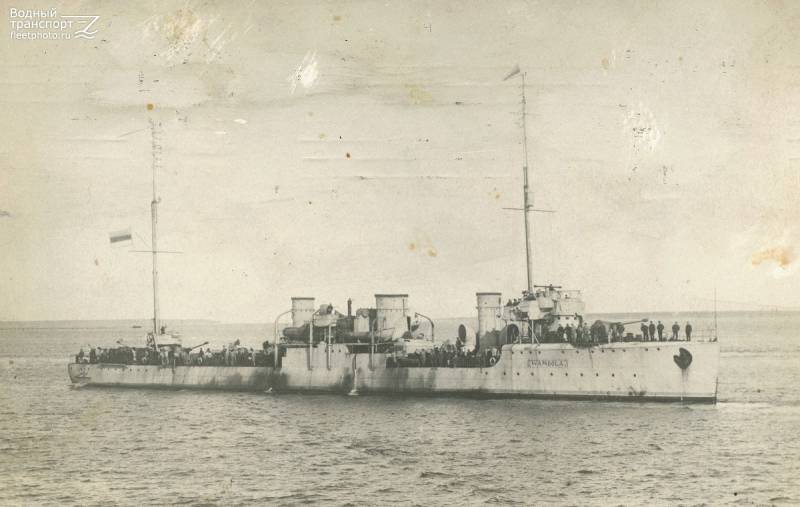
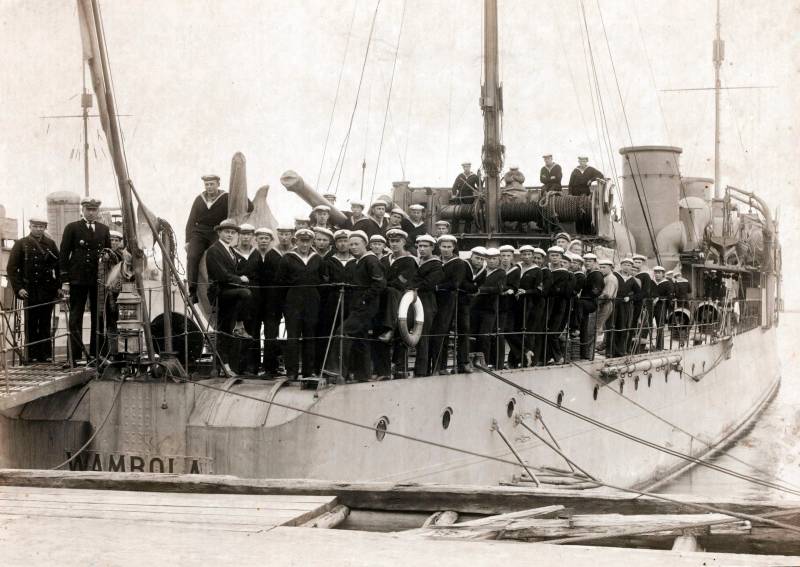
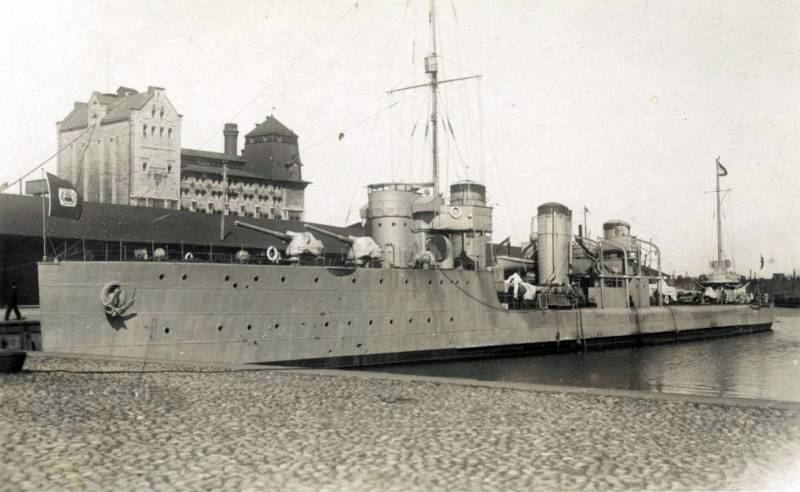
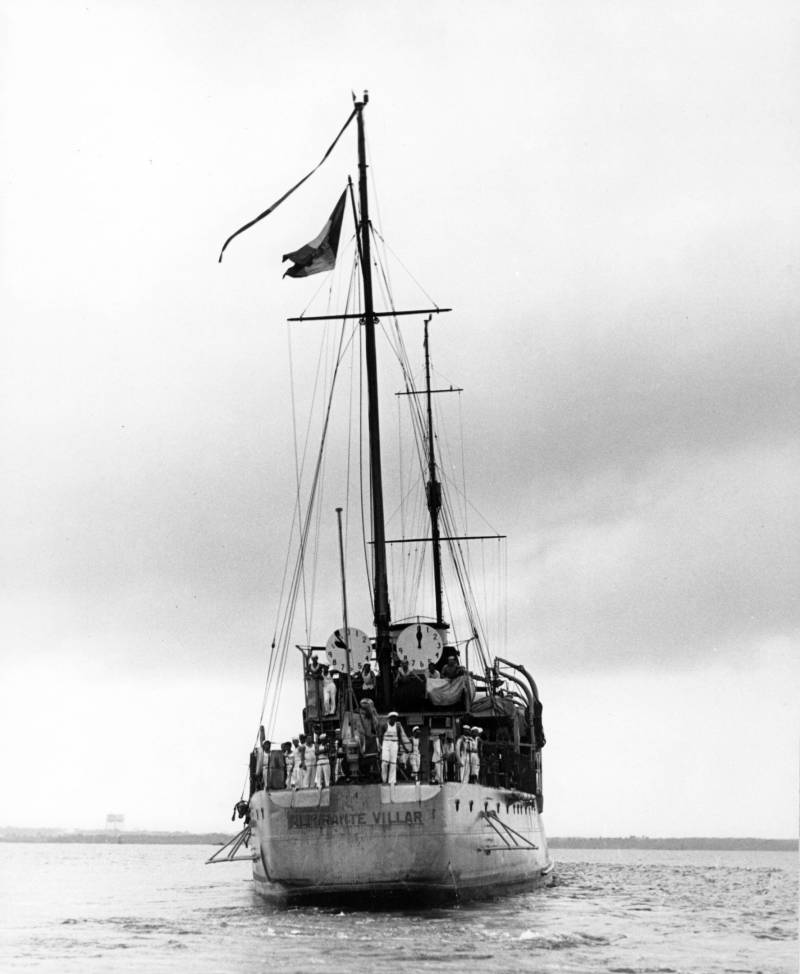
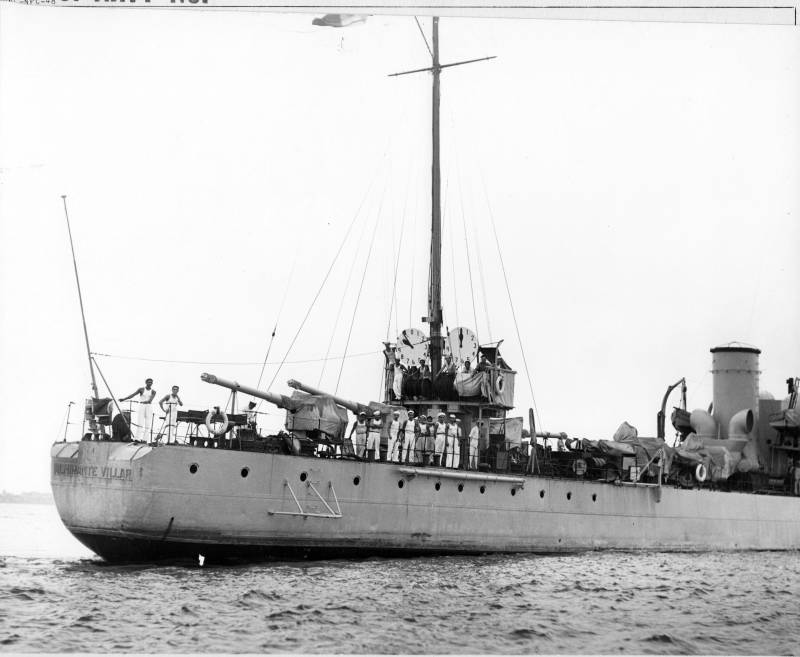
Information